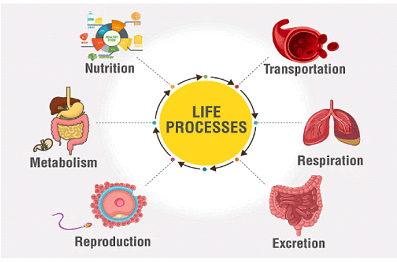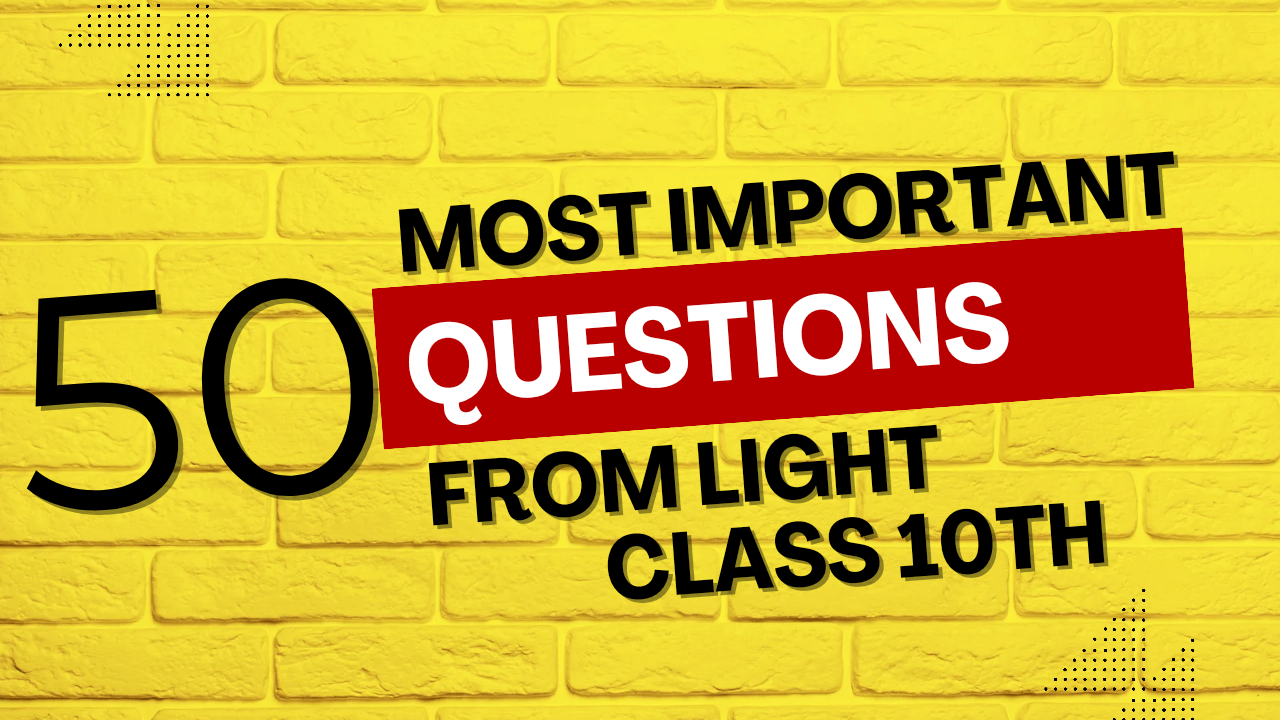
Exercise 1.2 Solutions – Real Numbers (Class 10)
1. Express each number as a product of its prime factors
(i) 140
140 = 2 × 70
70 = 2 × 35
35 = 5 × 7
∴ 140 = 2 × 2 × 5 × 7 = 2² × 5 × 7
(ii) 156
156 = 2 × 78
78 = 2 × 39
39 = 3 × 13
∴ 156 = 2 × 2 × 3 × 13 = 2² × 3 × 13
(iii) 3825
3825 = 5 × 765
765 = 5 × 153
153 = 3 × 51
51 = 3 × 17
∴ 3825 = 5 × 5 × 3 × 3 × 17 = 5² × 3² × 17
(iv) 5005
5005 = 5 × 1001
1001 = 7 × 143
143 = 11 × 13
∴ 5005 = 5 × 7 × 11 × 13
(v) 7429
7429 = 17 × 437
437 = 19 × 23
∴ 7429 = 17 × 19 × 23
2. Find LCM and HCF and verify LCM × HCF = product of numbers
(i) 26 and 91
Prime factors:
26 = 2 × 13
91 = 7 × 13
HCF = 13 (common factor)
LCM = 2 × 7 × 13 = 182
Verification:
LCM × HCF = 182 × 13 = 2366
Product of numbers = 26 × 91 = 2366
Hence verified.
(ii) 510 and 92
Prime factors:
510 = 2 × 3 × 5 × 17
92 = 2 × 2 × 23 = 2² × 23
HCF = 2 (common factor)
LCM = 2² × 3 × 5 × 17 × 23 = 23460
Verification:
LCM × HCF = 23460 × 2 = 46920
Product of numbers = 510 × 92 = 46920
Hence verified.
(iii) 336 and 54
Prime factors:
336 = 2 × 2 × 2 × 2 × 3 × 7 = 2⁴ × 3 × 7
54 = 2 × 3 × 3 × 3 = 2 × 3³
HCF = 2 × 3 = 6
LCM = 2⁴ × 3³ × 7 = 3024
Verification:
LCM × HCF = 3024 × 6 = 18144
Product of numbers = 336 × 54 = 18144
Hence verified.
3. Find LCM and HCF using prime factorisation method
(i) 12, 15 and 21
Prime factors:
12 = 2 × 2 × 3 = 2² × 3
15 = 3 × 5
21 = 3 × 7
HCF = 3 (only common factor)
LCM = 2² × 3 × 5 × 7 = 420
(ii) 17, 23 and 29
All are prime numbers
HCF = 1 (no common factors)
LCM = 17 × 23 × 29 = 11339
(iii) 8, 9 and 25
Prime factors:
8 = 2 × 2 × 2 = 2³
9 = 3 × 3 = 3²
25 = 5 × 5 = 5²
HCF = 1 (no common factors)
LCM = 2³ × 3² × 5² = 8 × 9 × 25 = 1800
4. Given HCF (306, 657) = 9, find LCM (306, 657)
We know that: HCF × LCM = Product of two numbers
Given HCF = 9
So, 9 × LCM = 306 × 657
LCM = (306 × 657) / 9
LCM = 201042 / 9 = 22338
∴ LCM (306, 657) = 22338
5. Check whether 6n can end with digit 0 for any natural number n
For a number to end with 0, it must have both 2 and 5 as prime factors.
6n = (2 × 3)n = 2n × 3n
Prime factors are only 2 and 3, no factor of 5.
∴ 6n cannot end with digit 0 for any natural number n.
6. Explain why these are composite numbers
(i) 7 × 11 × 13 + 13
= 13 × (7 × 11 + 1)
= 13 × (77 + 1)
= 13 × 78
This has factors other than 1 and itself, so it’s composite.
(ii) 7 × 6 × 5 × 4 × 3 × 2 × 1 + 5
= 5 × (7 × 6 × 4 × 3 × 2 × 1 + 1)
= 5 × (1008 + 1)
= 5 × 1009
This has factors other than 1 and itself, so it’s composite.
7. Sonia and Ravi circular path problem
Sonia’s time = 18 minutes per round
Ravi’s time = 12 minutes per round
They will meet again at the starting point after LCM of their times.
Prime factors:
18 = 2 × 3 × 3 = 2 × 3²
12 = 2 × 2 × 3 = 2² × 3
LCM = 2² × 3² = 4 × 9 = 36 minutes
∴ They will meet again after 36 minutes.
Additional Questions (From RD Sharma)
8. Find the HCF of 96 and 404 by prime factorisation method.
Prime factors:
96 = 2 × 2 × 2 × 2 × 2 × 3 = 2⁵ × 3
404 = 2 × 2 × 101 = 2² × 101
HCF = 2² = 4
9. Show that 5 × 7 × 11 + 7 is a composite number.
= 7 × (5 × 11 + 1)
= 7 × (55 + 1)
= 7 × 56
This has factors other than 1 and itself, so it’s composite.
10. Find the LCM and HCF of 120 and 144 and verify LCM × HCF = product of numbers.
Prime factors:
120 = 2 × 2 × 2 × 3 × 5 = 2³ × 3 × 5
144 = 2 × 2 × 2 × 2 × 3 × 3 = 2⁴ × 3²
HCF = 2³ × 3 = 24
LCM = 2⁴ × 3² × 5 = 720
Verification:
LCM × HCF = 720 × 24 = 17280
Product = 120 × 144 = 17280
Hence verified.
11. Can the number 4n, where n is a natural number, end with digit 0? Give reason.
4n = (2²)n = 22n
Prime factorization has only 2, no factor of 5.
For a number to end with 0, it must have both 2 and 5 as factors.
∴ 4n cannot end with digit 0.
12. Three bells toll at intervals of 9, 12, and 15 minutes respectively. If they start tolling together, after how much time will they toll together again?
We need to find LCM of 9, 12, and 15.
Prime factors:
9 = 3 × 3 = 3²
12 = 2 × 2 × 3 = 2² × 3
15 = 3 × 5
LCM = 2² × 3² × 5 = 4 × 9 × 5 = 180 minutes
∴ They will toll together again after 180 minutes (3 hours).


